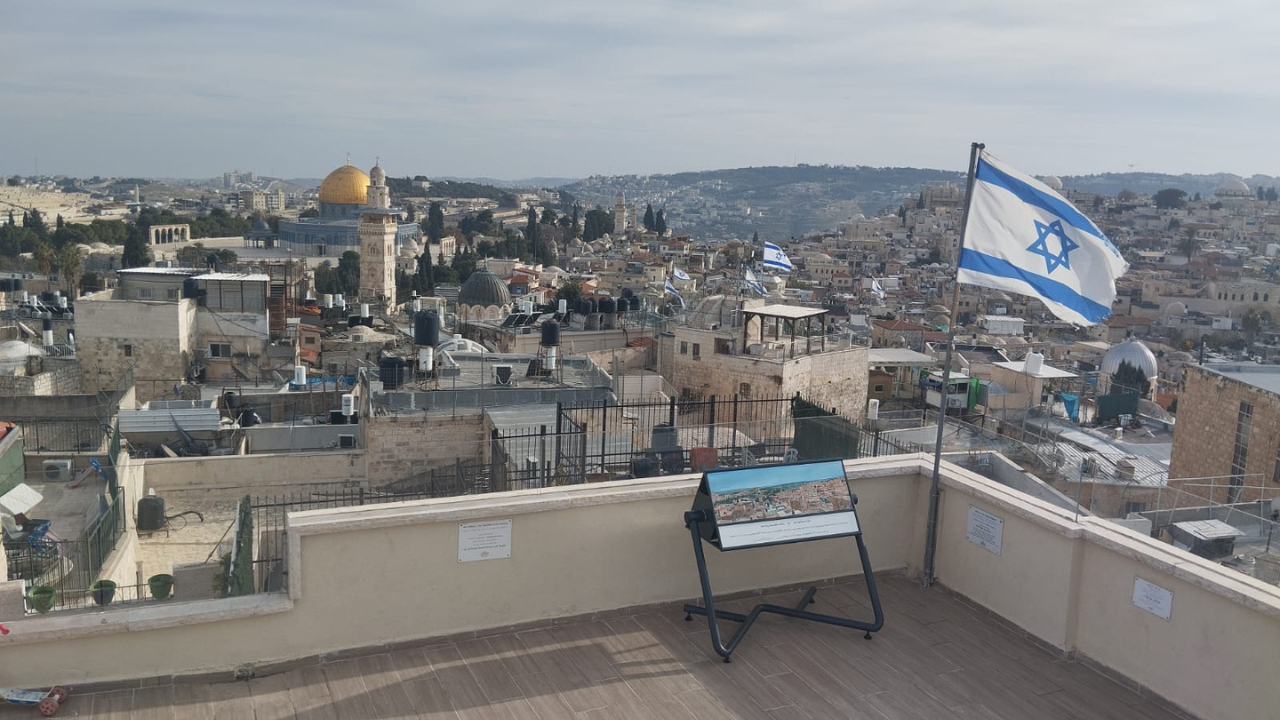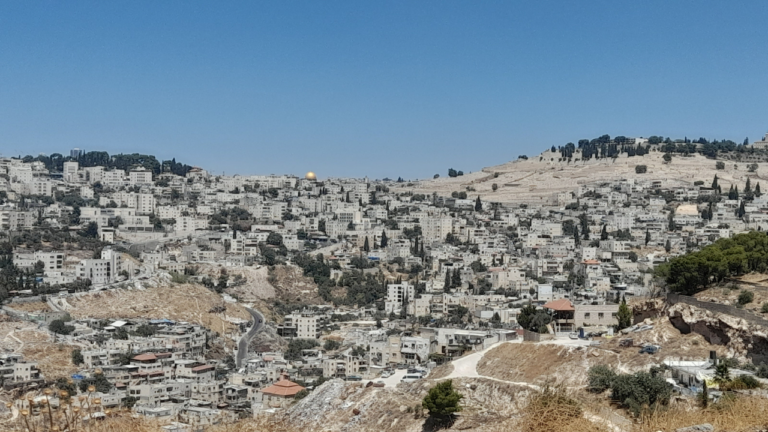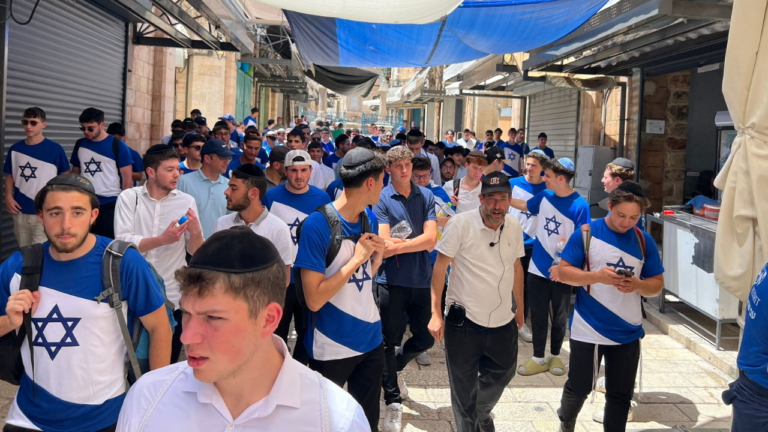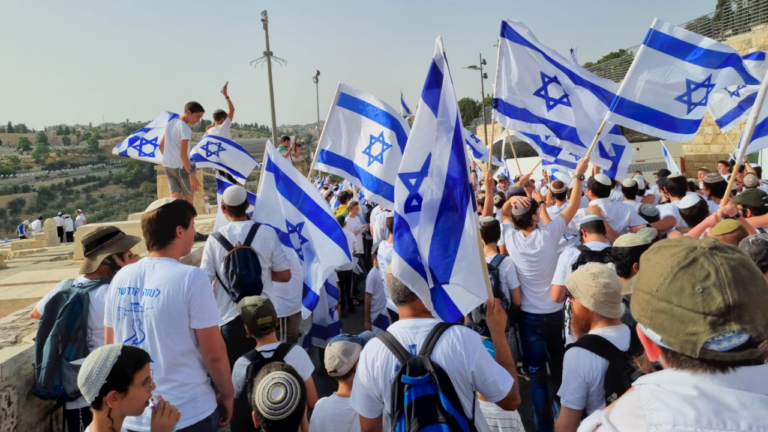Split Between the Lion and Wolf: Jerusalem Unites Rachel and Leah
In Yaakov’s blessing for his son Binyamin, he makes cryptic references to his youngest son as a “snatching wolf”. The Midrash (Bereishit Rabbah 99:3) seeks to understand the prophetic implications of this comparison. Hazal explain that this references Shaul, the first king of Israel, who hailed from Shevet Binyamin. He “snatched” away the kingship from the tribe of Yehudah, technically the rightful heirs to the Jewish monarchy (as prophesized by Yaakov in his blessing for Yehudah), by becoming the first king and then preventing David’s rightful ascension to the throne. Even after the death of Shaul, there was a bloody civil war between Yehudah (following David) and Binyamin (following Ish-Boshet son of Shaul). David initially established his capital in the city of Hevron, and slowly began drawing more and more support from the nation (Shmuel Bet, chapters 2-5). Eventually, Ish-Boshet was assassinated and all Bnei Yisrael accepted David’s rule. It is only then that David ascends to conquer Jerusalem from the Yevusiim and establishes Ir David as his capital.
Even after Shaul’s attempt to destroy him and Shevet Binaymin’s rebellion against his rule, David sought to unite his people and fuse the “body” and “soul” of Bnei Yisrael (see our analysis of Rachel and Leah from last week’s dvar Torah). It is specifically when the rivals to his rule are gone that David decided to move his capital from Hevron, which was situated squarely within the land of Yehudah. He conquered Jerusalem, a city that straddles the border between the land of Yehudah and Binyamin. In fact, the future site of the Beit HaMikdash would be split between the two tribes, with the temple’s mizbeach (altar) sitting on the border (see Yoma 12a).
On a purely political level, by sharing his eternal capital with his “rivaling” tribe, David was sending a powerful message: I do not represent the tribe of Yehudah alone. My kingship is to glorify and unite all of Klal Yisrael together. David, representing the paradigm of Leah, immediately extended his hand to the tribe that had just lost its chance to rule.
But there is a deeper message in Jerusalem’s geographical location. As the Rambam explains (Hilchot Beit HaBechira 2:1-2), the placement of the mizbeach must be extremely precise. For the location of the altar was in fact the very place from which Adam HaRishon was created. The dirt with which Hashem formed man’s body was taken from this location, and a nishmat hayim was blown into this physical form at the very site of the future mizbeach (Bereishit Rabba 14:8).
The first interface in history between the guf and neshamah took place at the makom hamizbeach. The very first time that a physical body interacted with, and was sanctified by, a spiritual soul was on the Har HaBayit. Not coincidentally, the ancestral lands of Yehudah and Binyamin met on this very spot. As David understood well, it is only in Jerusalem that the power to fuse together the children of Rachel and Leah can be found. The entire city, and particularly the temple mount, is the perfect environment in which physicality can be imbued with spirituality. It is not a surprise, then, that Jerusalem is the “canopy of peace” that unites all of the tribes together. This is why the great eulogy, in which the tribe of Yehudah recognizes the staggering loss of Mashiach ben Yosef, will occur in Jerusalem. It is only through the city that straddles the border of bnei Rachel and bnei Leah that mutual respect and love for other forms of avodat Hashem can occur. Only in Jerusalem will the “soul” of the Jewish people properly appreciate the indispensable role of Mashiach ben Yosef.



